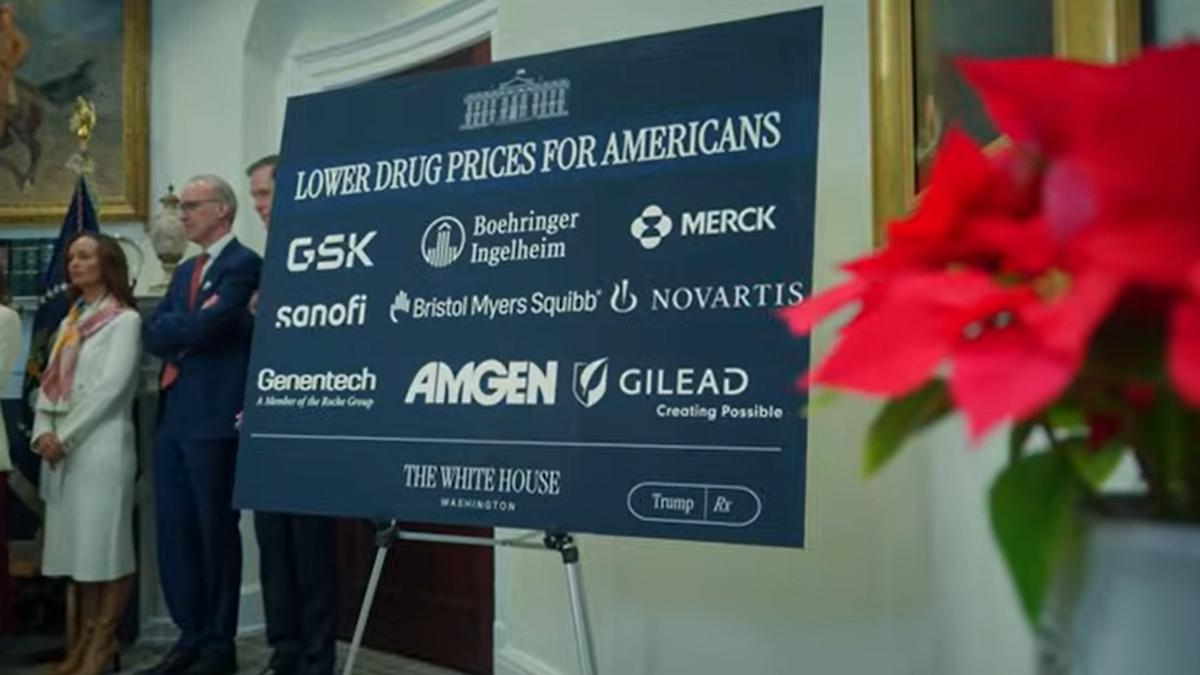ASH: Stem cell transplant study exposes US zip-code lottery

Access to a haematopoietic stem cell transplant (HSCT) in the US seems to depend on where a patient lives, and those in poorer areas may also have a higher risk of death from the procedure.
That is the finding of an observational study reported at the American Society of Haematology (ASH) congress, which focused on allogeneic or donor HSCTs used as a potentially curative treatment for patients with acute myeloid leukaemia (AML).
According to the researchers behind the work – led by Natalie Wuliji, an assistant professor at Fred Hutchinson Cancer Centre in Seattle – this is the first prospective, multicentre study to assess how social and economic factors affect access to HSCT across the US.
Their analysis – based on follow-up of 692 patients for a median of 4.5 years after a diagnosis of AML – found that patients living in neighbourhoods where more residents had less than a high school education, had incomes below the federal poverty level, or received benefits from federal assistance programmes were less likely to receive HSCT and more likely to die without having the treatment.
Furthermore, among those who did get an HSCT to treat their AML, social and economic barriers – particularly lower education and use of federal assistance programmes – were associated with a modest increase in death. A paper on the study has been published in the journal Blood.
"Our results could set the stage to help identify targeted interventions to improve access to HCT for patients with AML who face socioeconomic barriers," said Wuliji.
HSCTs can be highly effective in treating blood cancers, but are an aggressive therapy – requiring a chemotherapy infusion to destroy patients' own immune system that raises the risk of infections and other complications – alongside other treatment-related risks, like graft-versus-host disease (GvHD). A 2020 study found that one-year mortality with allogeneic HSCT is around 9.5%.
In the new study, 291 patients in the cohort died without receiving a transplant, with the risk of that happening increasing by 24% as the population of zip-code residents with less than a high school education rose by 10%. Mortality also rose by 22% for every 10% rise in households receiving supplemental security income (SSI).
Previous studies based on patient records have suggested that AML patients who have lower incomes, belong to racial or ethnic minorities, or lack private health insurance face more barriers to obtaining HSCT therapy.
That was backed up in the present study, with the likelihood of a patient receiving HCT decreasing by 30% as the percentage of zip-code residents with less than a high school education increased by 10% and by 22% for each 10% increase in households receiving SSI.
There were also stark differences in access between different racial groups. Compared with white patients, Asian patients had a 34% higher likelihood of receiving HSCT, while Black patients had an 18% reduced likelihood and those of other races an 11% reduced chance – although, the researchers said the low number of non-white subjects in the study make those findings speculative.
Among patients who received an HSCT, the risk of dying after the procedure increased by 17% with each 10% rise in zip-code residents with less than a high school education and by 22% for each 10% rise in households receiving SSI.
"We found that social and economic barriers have a greater impact on the ability to receive a transplant or on the risk of death before transplant than on outcomes after the transplant," said Wuliji.
An ongoing trial aims to increase the participation of patients from groups underrepresented in clinical trials and to develop patient education materials to encourage uptake, she added.











